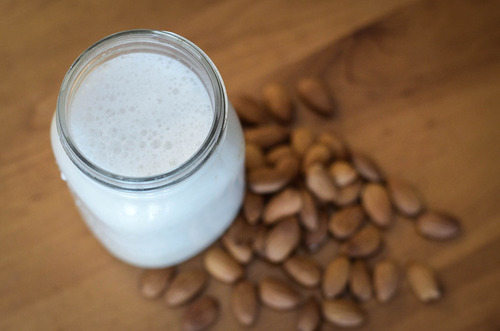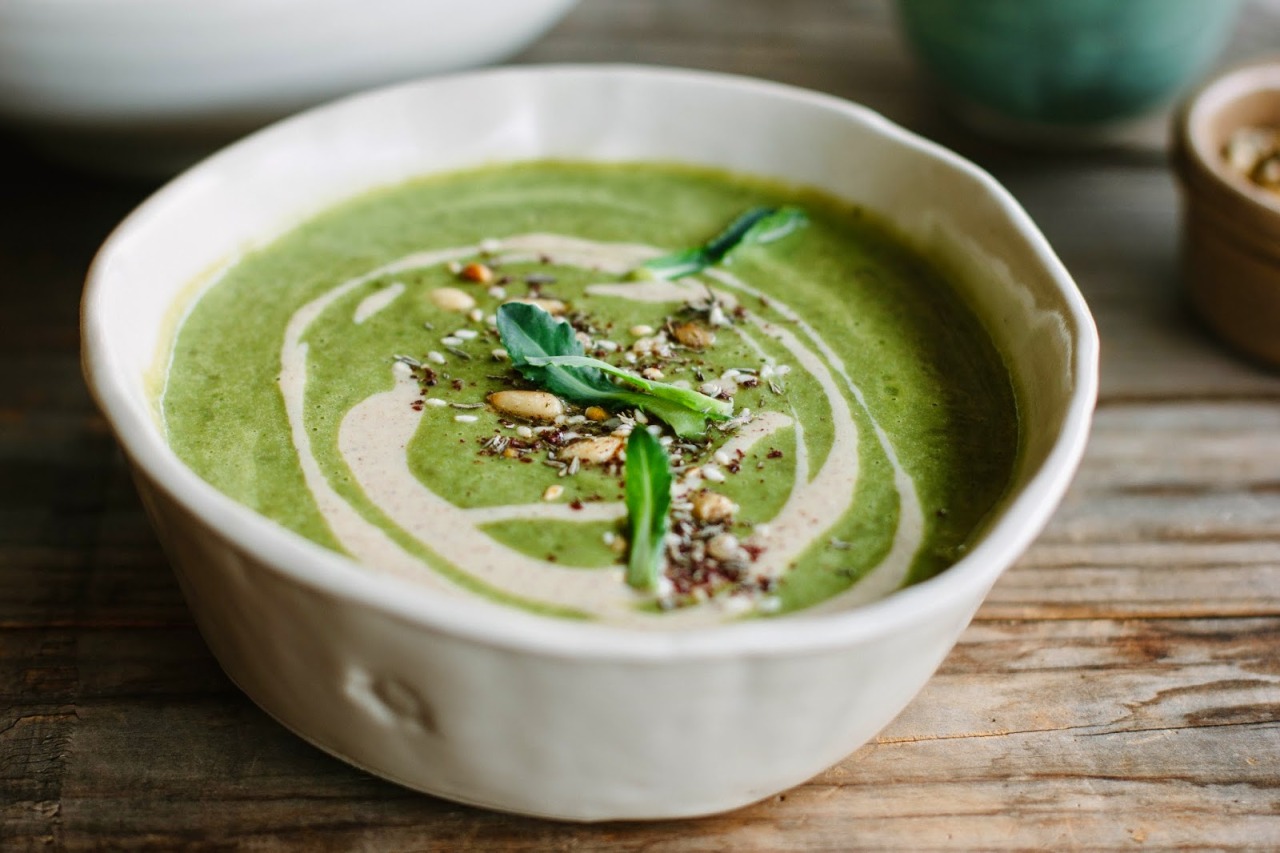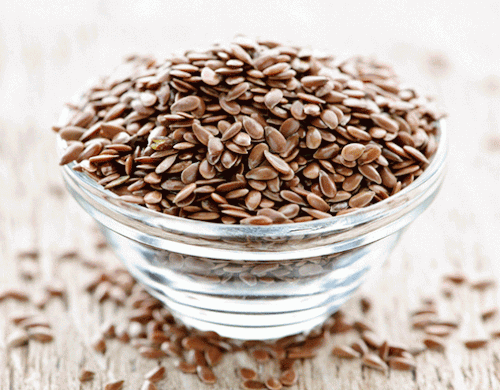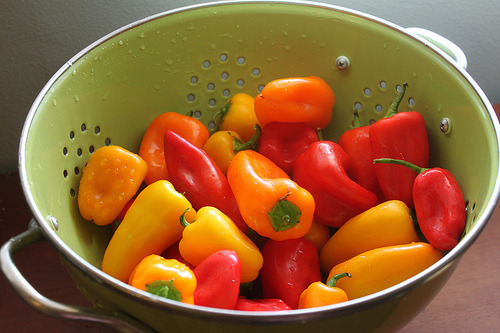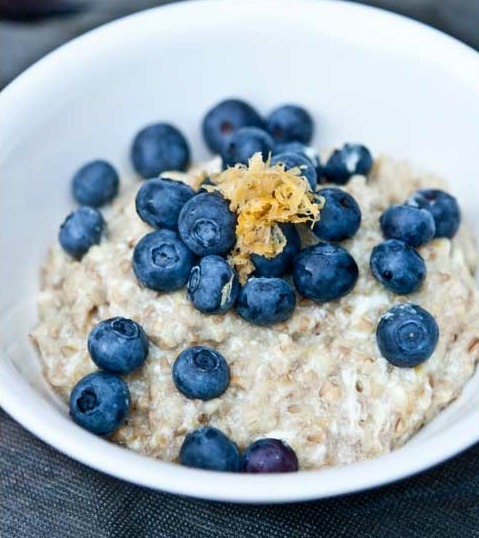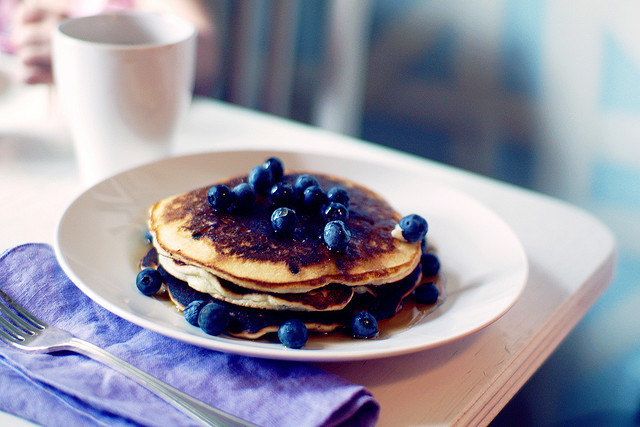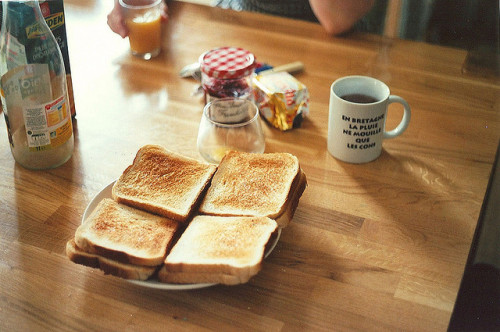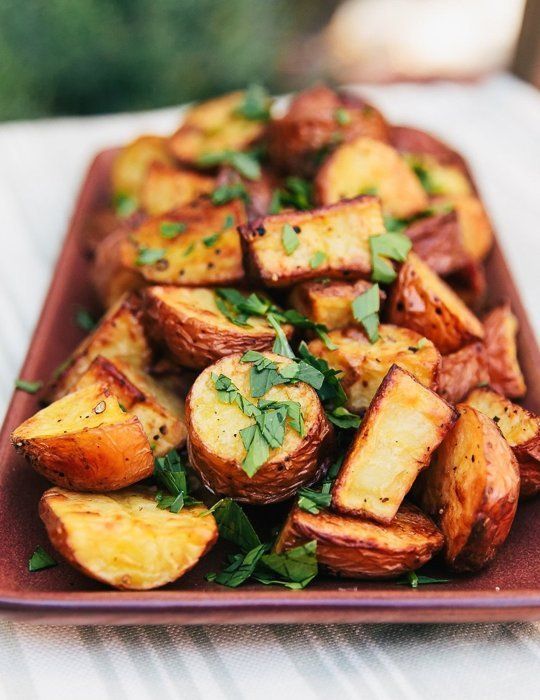For all the times you need to cool down fast
We've all had intensely stressful moments in life where you find yourself wishing that wine came in those convenient six-packs of juice boxes with the pop-in straws. As genius as that may sound, getting sloshed before an important meeting or moment in your life probably isn't the most intelligent choice. So how do we deal with stress in a calm and productive way? Yoga is constantly hailed as the golden ticket to instant stress relief, but a full-blown class doesn't always slide effortlessly into your crazy schedule. And unfortunately, there's no one pose that can talk you off the edge once you're precariously dangling. Don't worry, there's a surprisingly simple solution: meditation.
You've heard it's praises, read the statistics, and yet the idea of sitting with no thoughts is as stressful as the current circus residing in your mind. Here's the good news—I don't want you to clear your mind. I want you to focus it. Let's try to focus it away from the stressors and onto something concrete that will bring us back into a safe and peaceful reality. And did I mention this will only take 10 minutes?
Step 1: Find a quiet place. I know this isn't the easiest request, but try to find a room where you can shut the door. If that isn't an option, grab some noise canceling headphones, earplugs or whatever you can get your hands on. The key is making sure you get 10 minutes of uninterrupted peace.
Step 2: Turn off the electronics. Yes, all of them, even your cell phone. (Don't even think about putting it on silent—you know you'll check it.) If you can't escape from your computer, at least close the screen or turn off the monitor. You want to nix any possible distraction.
Step 3: Find a comfortable seat. Traditionally, mediation is taken on the ground in a cross-legged position. This isn't always comfortable so you can prop your bottom up on a pillow or even sit in a chair or against a wall. The goal is to keep the spine long and avoid any slouching. Think chest lifted, shoulders back, chin slightly lifted without any strain in your neck. Rest your wrists on your knees with the palms facing up. It may help you focus to use a mudra, a traditional hand gesture to aid intention. For instance, you can bring the index finger and thumb together on each hand.
Step 4: Let the meditation begin. There are many meditations to choose from out there, but I'm going to offer up a slice of my favorite: Isha Kriya Meditation. The entire ritual calls for three parts, one that includes chanting. Since that probably won't fly in all locations, I'll be focusing on just the first part, though I encourage you to explore the rest of the meditation on your own.
Once you're in a comfortable seat, close your eyes. Take a few moments to slow down your breath. Breathe in and out through your nose keeping your mouth relaxed and your lips slightly parted. As you inhale, think to yourself I am not my body, and as you exhale think I am not even my mind. Continue to repeat these thoughts to yourself, attaching them to each breath. Take the time to breathe fully without any rush. Keep your internal focus on the spot between your brows (this is called your third eye). Repeat these thoughts and breathing for several minutes or until you feel your body decompress. I deeply recommend that you learn the entire mediation, but this is a beautiful start.
Step 5: Absorb. Here's why this particular meditation resonates with me so much: I find myself stressed and overwhelmed on a regular basis, whether I'm being bombarded by work, emails, requests, or people. When I take the moment to sit and do this meditation, it reminds me of who and where I am. It's easy to get caught up in how I look, how fit I feel, that post I just saw on Instagram, or even how my pants aren't really lifting up my assets the way I hoped. Thinking I am not my body on repeat reminds me that I am not defined by my looks. My body does not represent my success or livelihood. My beauty lies in my heart, my confidence and my actions. I will not attach my success to a number on a scale or a reflection in a mirror.
Thinking I am not even my mind makes me laugh every time, because once I come to peace with my body, I realize it's my mind that gets me into all the trouble. It tells me to second guess myself. Am I enough? Is there someone better at my job than me? Could I work harder? The next thing you know your mind has woven a web so thick that even the strongest elven sword couldn't cut through it. Don't let your mind tell you stories. That's all they are. Forget the story and remember your soul. Count on what truly matters to you and not the clutter that's shoved in front of your face. Embrace the big picture and go from there. Every time I do this meditation, life comes into perspective and I can breath again. I hope it helps you, too.
Source












